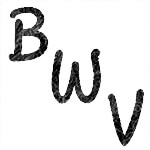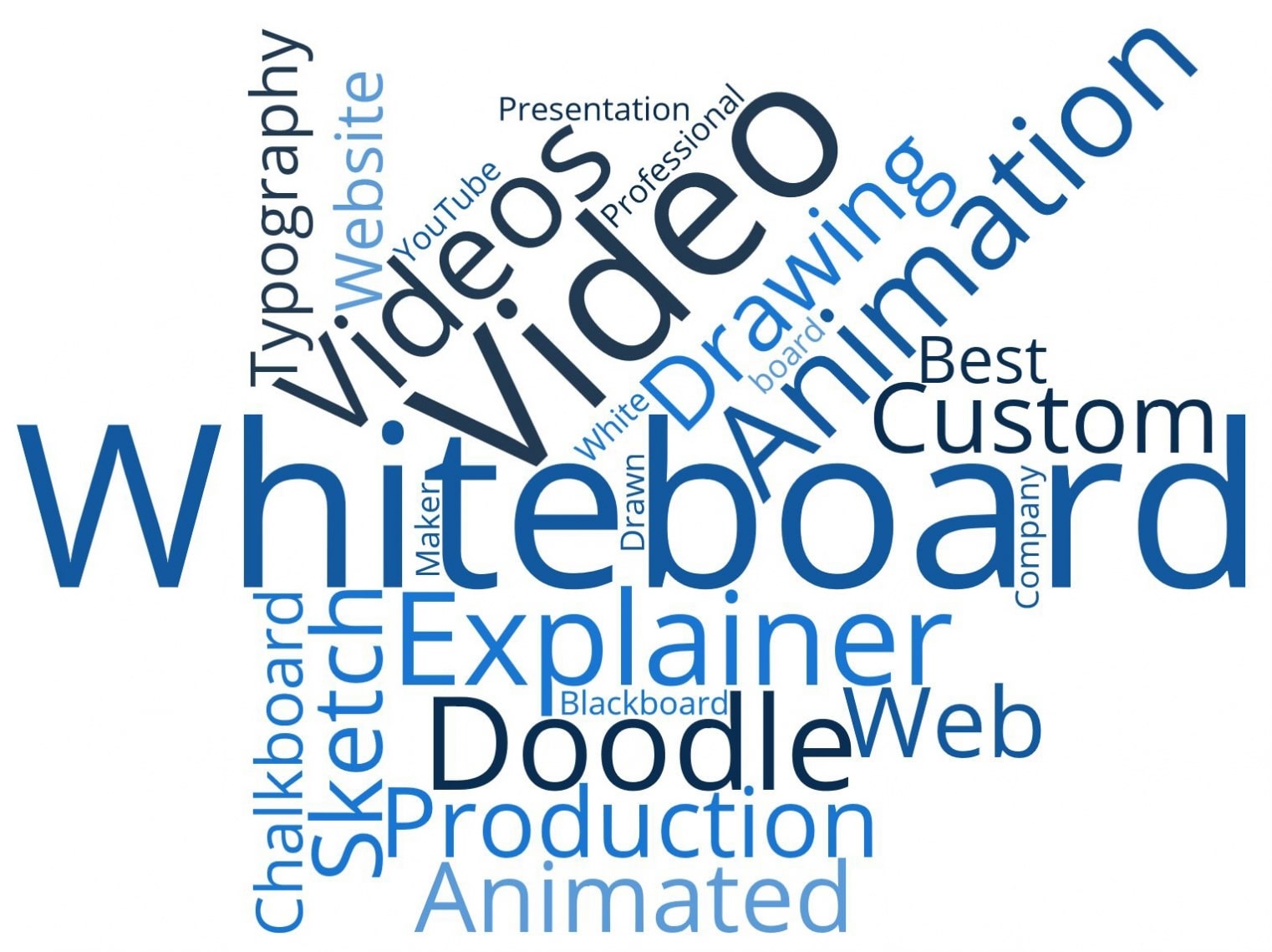Typography

Kinetic Typography, often likewise described as movement typography, is the artistry of incorporating motion with text. Defying the conventions of horizontal text, it tries to engage an audience's attention by forcing them to aesthetically track words which cross, up or down the page. It likewise utilizes colors, scale and typeface choice to highlight specific words. This can in turn stimulate specific feelings in the viewer/reader, specifically when coupled with audio utilizing matching focus and modulation.
The trade name for "moving text" is Kinetic Typography-- is an animation strategy blending movement and text to reveal concepts utilizing video animation. This text exists with time in a way planned to communicate or stimulate a specific concept or feeling
With the development of movie and graphic animation, the prospect of complementary text and movement emerged. Examples of animated letter-forms looked like early as 1899 in the marketing work of George Melies. Early feature films consisted of temporal typography, however this was mainly fixed text, provided sequentially and subjected to cinematic shifts. It was not up until the 1960s when opening titles started to include typography that was genuinely kinetic. Scholars acknowledge the very first feature film to thoroughly utilize kinetic typography as Alfred Hitchcock's North by Northwest. This movie's opening title series-- produced by Saul Bass-- consisted of animated text, including credits that "flew" in from off-screen and lastly gone out into the movie itself. A comparable strategy was likewise utilized by Bass in Psycho.
Ever since making use of kinetic typography has actually ended up being commonplace in movie initial titles and tv ads.
Kinetic typography improves the meaningful power of words so that they trigger a more instant, uncontrolled response in the reader. It is because of this that political and social awareness projects have actually relied on kinetic typography to circulate their story.
Typography
Kinetic Typography, often likewise described as movement typography, is the artistry of incorporating motion with text. Defying the conventions of horizontal text, it tries to engage an audience's attention by forcing them to aesthetically track words which cross, up or down the page. It likewise utilizes colors, scale and typeface choice to highlight specific words. This can in turn stimulate specific feelings in the viewer/reader, specifically when coupled with audio utilizing matching focus and modulation.
The trade name for "moving text" is Kinetic Typography-- is an animation strategy blending movement and tex...
 Kinetic Typography, often likewise described as movement typography, is the artistry of incorporating motion with text. Defying the conventions of horizontal text, it tries to engage an audience's attention by forcing them to aesthetically track words which cross, up or down the page. It likewise utilizes colors, scale and typeface choice to highlight specific words. This can in turn stimulate specific feelings in the viewer/reader, specifically when coupled with audio utilizing matching focus and modulation.
The trade name for "moving text" is Kinetic Typography-- is an animation strategy blending movement and text to reveal concepts utilizing video animation. This text exists with time in a way planned to communicate or stimulate a specific concept or feeling
With the development of movie and graphic animation, the prospect of complementary text and movement emerged. Examples of animated letter-forms looked like early as 1899 in the marketing work of George Melies. Early feature films consisted of temporal typography, however this was mainly fixed text, provided sequentially and subjected to cinematic shifts. It was not up until the 1960s when opening titles started to include typography that was genuinely kinetic. Scholars acknowledge the very first feature film to thoroughly utilize kinetic typography as Alfred Hitchcock's North by Northwest. This movie's opening title series-- produced by Saul Bass-- consisted of animated text, including credits that "flew" in from off-screen and lastly gone out into the movie itself. A comparable strategy was likewise utilized by Bass in Psycho.
Ever since making use of kinetic typography has actually ended up being commonplace in movie initial titles and tv ads.
Kinetic typography improves the meaningful power of words so that they trigger a more instant, uncontrolled response in the reader. It is because of this that political and social awareness projects have actually relied on kinetic typography to circulate their story.
Kinetic Typography, often likewise described as movement typography, is the artistry of incorporating motion with text. Defying the conventions of horizontal text, it tries to engage an audience's attention by forcing them to aesthetically track words which cross, up or down the page. It likewise utilizes colors, scale and typeface choice to highlight specific words. This can in turn stimulate specific feelings in the viewer/reader, specifically when coupled with audio utilizing matching focus and modulation.
The trade name for "moving text" is Kinetic Typography-- is an animation strategy blending movement and text to reveal concepts utilizing video animation. This text exists with time in a way planned to communicate or stimulate a specific concept or feeling
With the development of movie and graphic animation, the prospect of complementary text and movement emerged. Examples of animated letter-forms looked like early as 1899 in the marketing work of George Melies. Early feature films consisted of temporal typography, however this was mainly fixed text, provided sequentially and subjected to cinematic shifts. It was not up until the 1960s when opening titles started to include typography that was genuinely kinetic. Scholars acknowledge the very first feature film to thoroughly utilize kinetic typography as Alfred Hitchcock's North by Northwest. This movie's opening title series-- produced by Saul Bass-- consisted of animated text, including credits that "flew" in from off-screen and lastly gone out into the movie itself. A comparable strategy was likewise utilized by Bass in Psycho.
Ever since making use of kinetic typography has actually ended up being commonplace in movie initial titles and tv ads.
Kinetic typography improves the meaningful power of words so that they trigger a more instant, uncontrolled response in the reader. It is because of this that political and social awareness projects have actually relied on kinetic typography to circulate their story.
 Kinetic Typography, often likewise described as movement typography, is the artistry of incorporating motion with text. Defying the conventions of horizontal text, it tries to engage an audience's attention by forcing them to aesthetically track words which cross, up or down the page. It likewise utilizes colors, scale and typeface choice to highlight specific words. This can in turn stimulate specific feelings in the viewer/reader, specifically when coupled with audio utilizing matching focus and modulation.
The trade name for "moving text" is Kinetic Typography-- is an animation strategy blending movement and text to reveal concepts utilizing video animation. This text exists with time in a way planned to communicate or stimulate a specific concept or feeling
With the development of movie and graphic animation, the prospect of complementary text and movement emerged. Examples of animated letter-forms looked like early as 1899 in the marketing work of George Melies. Early feature films consisted of temporal typography, however this was mainly fixed text, provided sequentially and subjected to cinematic shifts. It was not up until the 1960s when opening titles started to include typography that was genuinely kinetic. Scholars acknowledge the very first feature film to thoroughly utilize kinetic typography as Alfred Hitchcock's North by Northwest. This movie's opening title series-- produced by Saul Bass-- consisted of animated text, including credits that "flew" in from off-screen and lastly gone out into the movie itself. A comparable strategy was likewise utilized by Bass in Psycho.
Ever since making use of kinetic typography has actually ended up being commonplace in movie initial titles and tv ads.
Kinetic typography improves the meaningful power of words so that they trigger a more instant, uncontrolled response in the reader. It is because of this that political and social awareness projects have actually relied on kinetic typography to circulate their story.
Kinetic Typography, often likewise described as movement typography, is the artistry of incorporating motion with text. Defying the conventions of horizontal text, it tries to engage an audience's attention by forcing them to aesthetically track words which cross, up or down the page. It likewise utilizes colors, scale and typeface choice to highlight specific words. This can in turn stimulate specific feelings in the viewer/reader, specifically when coupled with audio utilizing matching focus and modulation.
The trade name for "moving text" is Kinetic Typography-- is an animation strategy blending movement and text to reveal concepts utilizing video animation. This text exists with time in a way planned to communicate or stimulate a specific concept or feeling
With the development of movie and graphic animation, the prospect of complementary text and movement emerged. Examples of animated letter-forms looked like early as 1899 in the marketing work of George Melies. Early feature films consisted of temporal typography, however this was mainly fixed text, provided sequentially and subjected to cinematic shifts. It was not up until the 1960s when opening titles started to include typography that was genuinely kinetic. Scholars acknowledge the very first feature film to thoroughly utilize kinetic typography as Alfred Hitchcock's North by Northwest. This movie's opening title series-- produced by Saul Bass-- consisted of animated text, including credits that "flew" in from off-screen and lastly gone out into the movie itself. A comparable strategy was likewise utilized by Bass in Psycho.
Ever since making use of kinetic typography has actually ended up being commonplace in movie initial titles and tv ads.
Kinetic typography improves the meaningful power of words so that they trigger a more instant, uncontrolled response in the reader. It is because of this that political and social awareness projects have actually relied on kinetic typography to circulate their story.










